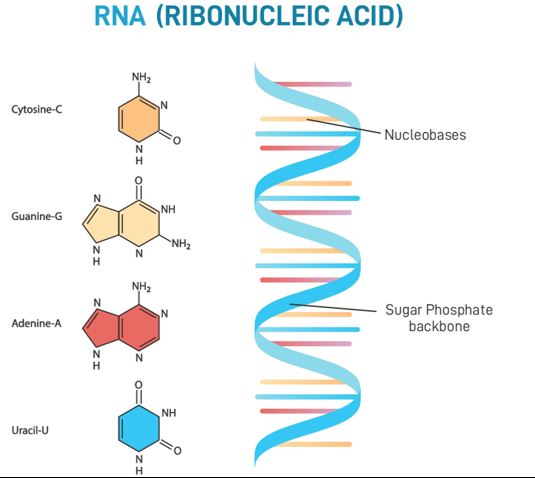

Context
The recent research findings regarding the inheritance of knowledge in Caenorhabditis elegans worms are significant because they shed light on the potential transmission of behavior-modifying molecules across generations. This breakthrough has garnered attention due to its implications for understanding biological mechanisms and their relevance to human health and behavior.
Key-highlights of Research Findings:
- Researchers discovered that C. elegans worms inherit knowledge to avoid disease-causing bacteria for up to four generations.
- This phenomenon raises questions about similar abilities in humans.
- Mechanism of Transmission: Pseudomonas vranovensis, a disease-causing bacterium, produces a small RNA molecule (sRNA) that alters the worm's feeding behavior. The learned avoidance behavior is passed down to subsequent generations of worms through RNA interference.
- Role of sRNA in Behavior Modification:
- Worms absorb sRNA from bacteria, reducing the expression of the maco-1 gene, which plays a role in neurological function.
- Worms trained to avoid pathogenic bacteria pass on this behavior to their offspring.
- Implications for Human Health: The study prompts speculation about whether humans can absorb sRNA from microbes and modify behavior across generations.
Fact Box:About Caenorhabditis elegans (C. elegans )
Understanding RNA:RNA molecules are like half-ladders with ribose sugar and four bases: A, C, G, and U.
|


